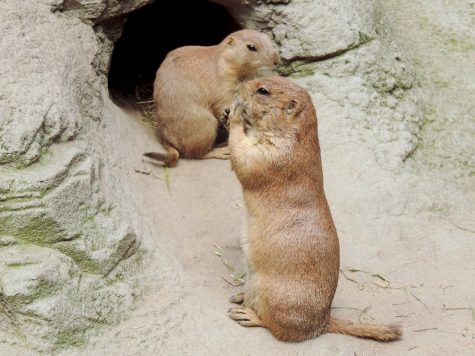Groundhog day
February 14, 2019

Groundhog Day is an annual holiday on Feb 2 around the time when groundhogs are supposed to come out of hibernation. On that day, if the groundhog sees his shadow, then its predicted that there are six more weeks of cold left before spring. But if the groundhog doesn’t see his shadow then warm weather is just around the corner. The tradition stems in Punxsutawney, Pennsylvania where the Delaware Indians had settled. They thought of groundhogs as their ancestors because of their belief that life began from animals.
Before the popular name, Groundhog Day was known, German settlers called it Candlemans Day which was celebrated halfway between the Winter Solstice and the Spring Equinox. If the sun was shining on this day, a longer winter was predicted because the groundhog would return to hibernation. It’s basically the same celebration without the groundhog.
The reason groundhogs come out of hibernation in February is to look for a mate before returning to their burrows. The groundhogs are unfortunately unable to predict the weather, but its a way for people to celebrate a long-lasting tradition.
This year, the groundhog with the best weather predicting talents, Punxsutawney Phil didn’t see his shadow. Even though he is the best, with the polar vortex that has been hitting the United States, meteorologists are quick to debunk Phil’s prediction.



